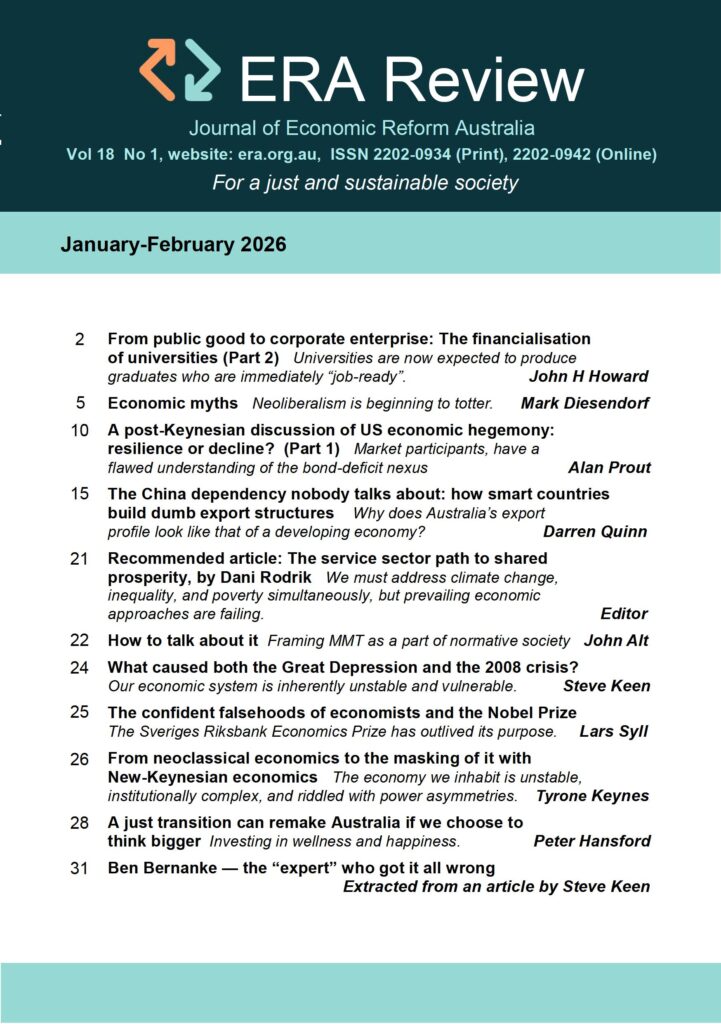The Sovereign Money and National Depository proposals
William Hummel
The following has been extracted from recent commentary made by William , Hummel in the Understanding Money email network, which he moderates.
“Iceland, being a sovereign state with an independent currency, is free to abandon the present unstable fractional reserves system and implement a better monetary system”. Those are the words of the Prime Minister of Iceland, commenting on a report he commissioned which was released on 31 March 2015. That report is accessible [1].
This is very readable, and is the most comprehensive review I have seen. It describes Iceland’s rocky experience with the conventional fractional reserve monetary system and discusses several alternatives: a 100% reserve proposal by the IMF (2013), a Narrow Banking Proposal (2009), a Limited Purpose Banking Proposal (2010), and a Sovereign Money Proposal (2014). The author of the report recommends the last alternative as the best choice. In my opinion it is the most radical and the least workable because of potential political problems.
The political problems I refer to are concerned with the proposed system in which the monetary authority authorizes how much money is to be spent in a given period and the parliament determines how it is to be spent. That’s the only way money enters the economy. It would require unusual economic fore- sight and insight by the monetary authority. And members of parliament would be torn between doing what they individually think is best in the national interest and for their own constituents. Seems like Shangri-La to me.
Comparison of SMS and NDS
The Sovereign Money System (SMS) now being considered by the government of Iceland is similar in some respects to the National Depository System (NDS) that I have proposed [2]. The key difference is that money growth in the SMS would be directly controlled by the central bank (CB) based on decisions of an independent Money Creation Committee. New money would be paid into the government’s account at the CB and spent at the discretion of elected representatives. In NDS, money growth would be a function of demand for bank credit as influenced by the interest rate policy of the CB in the way it is normally done in the U.S.
In both systems there is only one type of money, namely sovereign base money, all created by the CB. Banks could not create money as they do now by simply crediting the accounts of borrowers. Thus credit money as well as reserves would no longer exist.
In NDS, all electronic money would exist in Transaction Accounts in the Depository which is run by the CB. The money would belong to the respective account holders, which includes banks. The customer of a bank could authorize the bank to manage his account in making and receiving payments, or could do it directly himself.
In SMS, all electronic money would exist in accounts at the CB where each elected government in the proposal bank holds a Customer Funds Account (CFA) and an Investment Pool Account (IPA). The bank would administer the funds on behalf of holders of Trans- action Accounts. Money deposited in a bank Transaction Account would remain the legal property of the account holder rather than becoming the property of the bank as happens in the current system. Money in the IPA would be owned by the bank and used for its own and customer investments. When a customer invests in a bank-offered account, the bank would debit his Transaction account and move funds in the CB from its CFA to its IFA, and conversely when the investment is redeemed or sold.
In NDS, term loans to a bank would be insured by the FLIC. There would be no need to insure Transaction Deposits since the Depository is in the custody of the CB. In SMS, insurance would not be provided on customer investments in banks. The risk of loss in case of a bank default would be shared with the investor according to the terms and conditions of the specific account. This is to reduce the risk of taxpayers shouldering the losses of bank failures.
SMS is simpler to implement than NDS in one important respect. The infra- structure for the system is largely in place. New accounting software would have to be created but that’s about all. However SMS depends on banks faithfully keeping their CB accounts in accord with their depositor accounts on a continuous basis. That task does not exist in the NDS.
The big difference is in the way money growth is managed. I see that as the Achilles Heel of the SMS proposal. And I haven’t yet seen described any details about the coordination between the CB and the government in the proposal.
That issue might well be resolvable for a small and homogenous nation like Iceland, but I feel sure it would not be workable in the U.S. However the SMS banking system, together with conventional government finance and monetary policy implementation, should be an improvement over the fractional reserve banking system we now have.
Reference:
[1] http://www.forsaetisraduneyti.is/media/Skyrslur/monetary-reform.pdf

William F Hummel has degrees from UC Berkeley, Harvard, MIT and USC. His long term interests include money, credit, investing, and post-Keynesian economics.






























